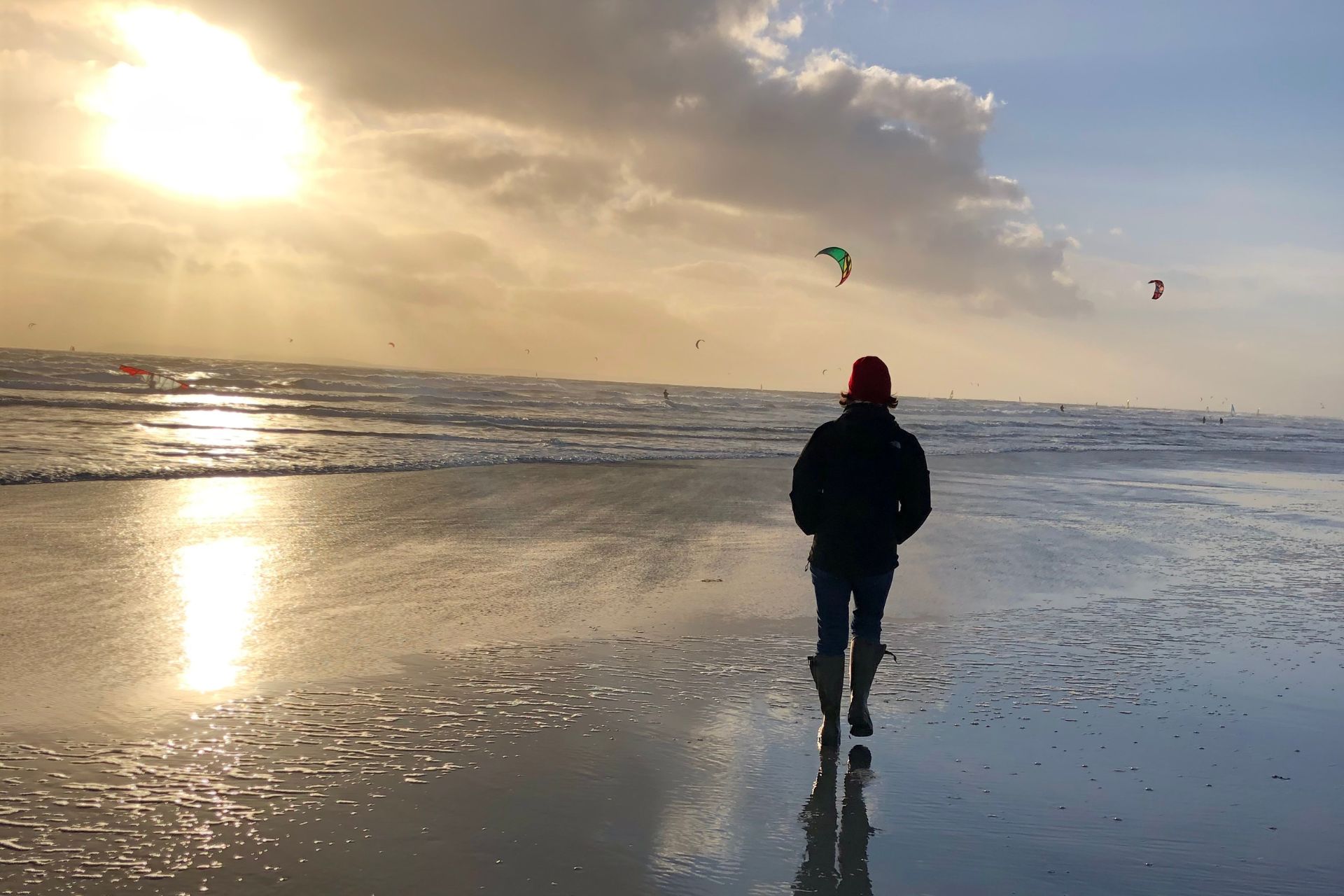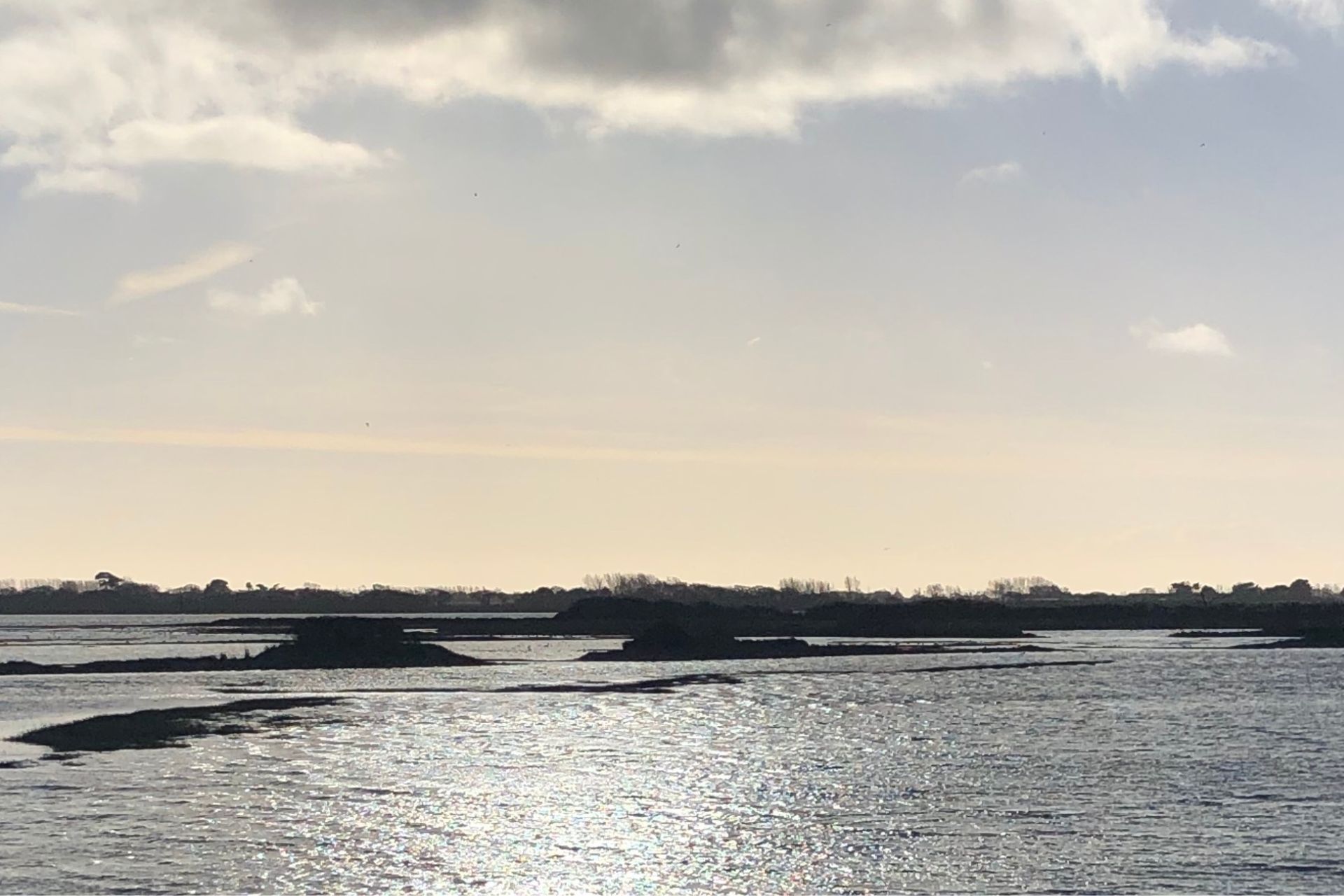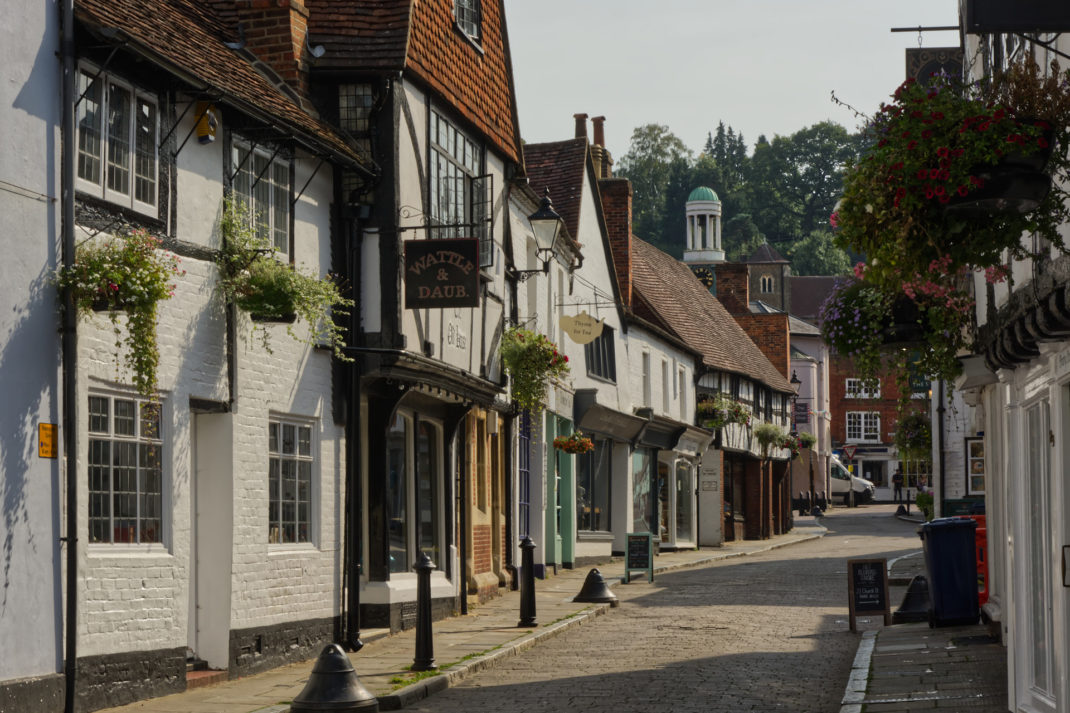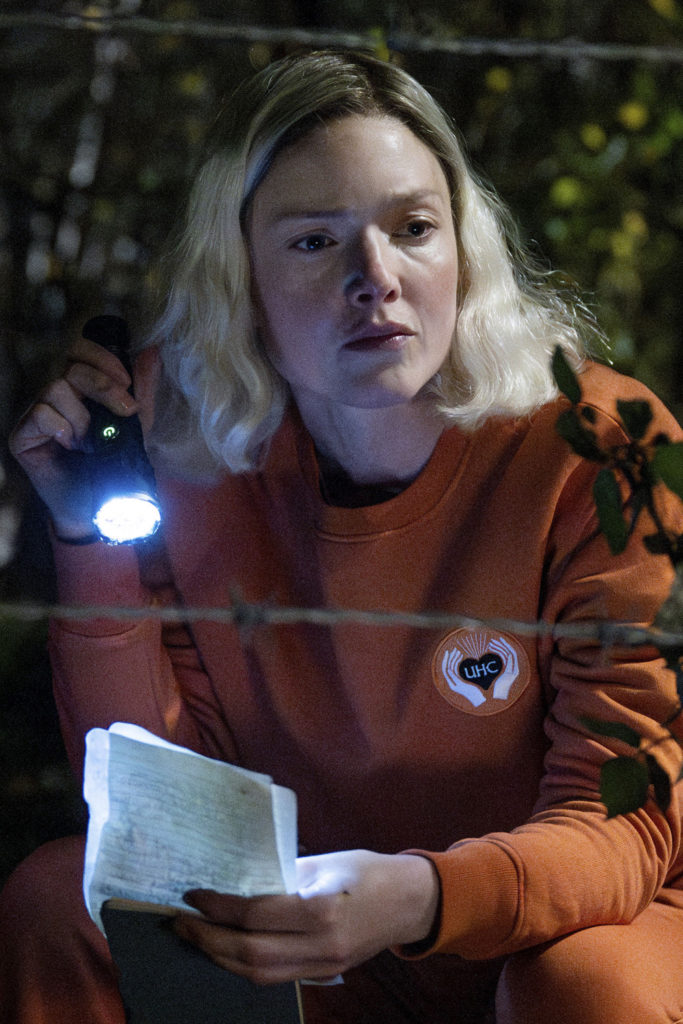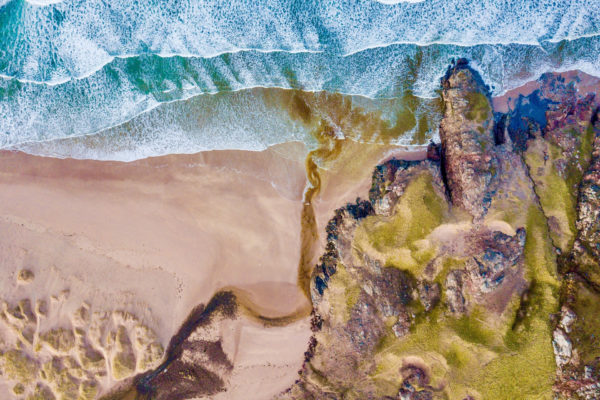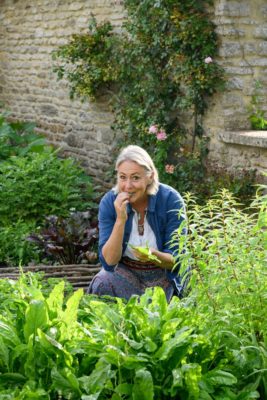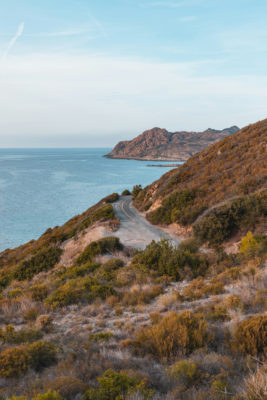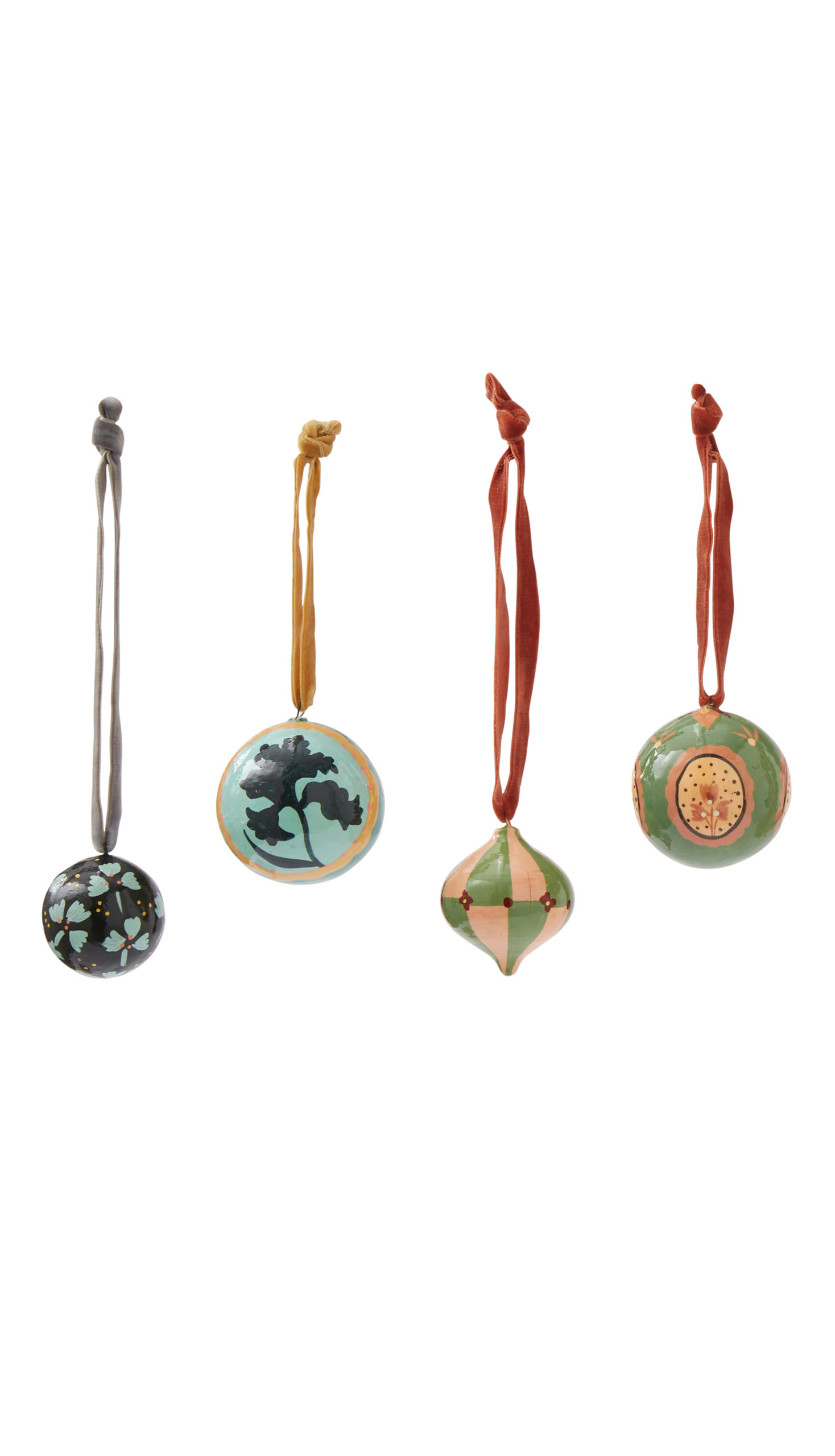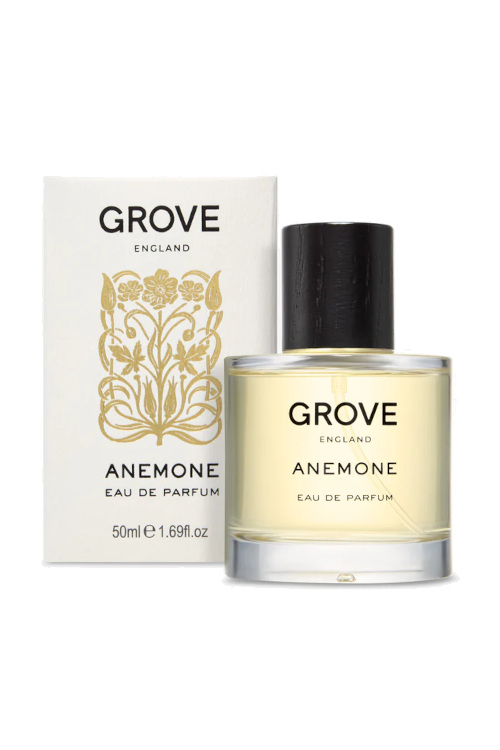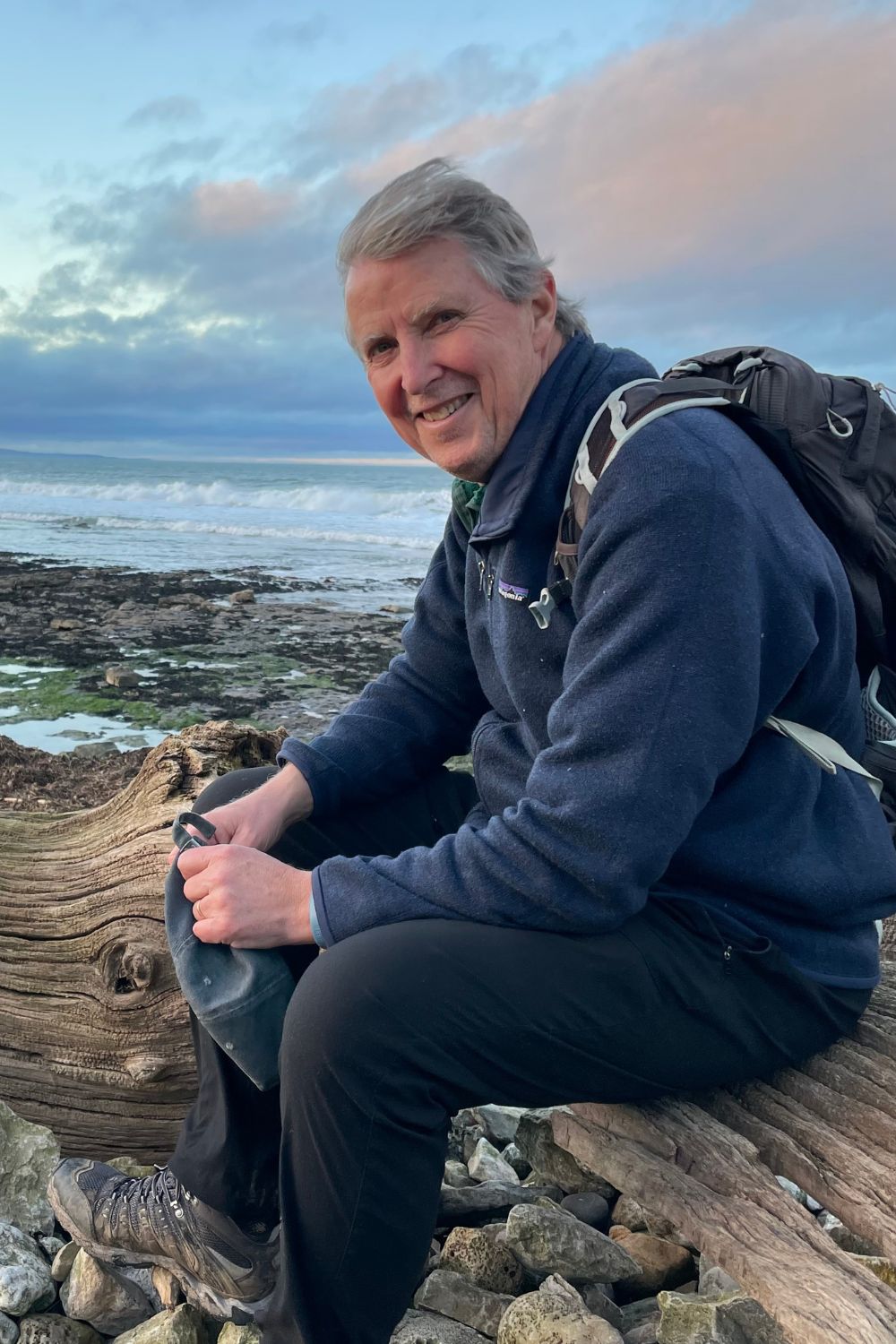
I Walked The Length Of Britain’s Restless Coast — Here’s What I Discovered
By
5 months ago
We need to talk more about the sheer joy of being by the sea
From vanishing seabirds to rising seas, from plastic-free pioneers to the pure joy of salt on skin, Roger Morgan-Grenville walks 2,000 miles of Britain’s restless coastline – and discovers why saving it might just save us too.
Roger Morgan-Grenville: We Need To Talk More About Britain’s Coast
We have come a long way to be here. About 5,000 miles to be exact. That’s how far our British landmass has moved to eventually become the world’s 14th largest island within one of its most varied archipelagos. And our island is still shape-shifting, growing, shrinking and adjusting around us, parts of it eroding at two metres a year and others accreting new sand at twice that rate.
The idea of my walk was threefold. First, to see for myself what the opportunities and challenges on the modern coast might be, and who is doing what about them; secondly, to celebrate the beauty and endless variety of our 11,000 mile coastline; and thirdly, to have an adventure. After all, the British coast with its tapestry of cliffs, castles, shipwrecks, seabirds and sand is the living embodiment of an adventure.
And, if I had to summarise that subsequent 18 months journey (of which around 2,000 were on foot) into a few thoughts, they might run as follows:
We need to talk about communities
The British coast became unfashionable partly due to Beeching’s axing of the branch lines that took summer visitors there, and partly due to cheap flights to the more reliable continental sun. There is a golden opportunity, and need, to fall back in love with it quickly, not least to help revive many communities that have some of the worst deprivation in the country. This is more than possible: Margate did it through highlighting art and artists and Whitby through embracing Dracula (which was written there) and jet. Decline is never a one-way street if people act fast enough, and are imaginative enough.
We need to talk about fish
Not just the fish that we and others have over-plundered from the oceans, but the seafood we now farm in increasing numbers off our north-western coast. The UN tells us that we need in future to get more of our protein from aquaculture, but a month among salmon farms told me that the current model we have is cruel, polluting and non-sustainable. It’s not for nothing that many other countries are retreating from licensing closed-net salmon farms as fast as the Scottish government would like to license new ones. At the same time, we should celebrate the success of No Take Zones such as the one off the Isle of Arran, where biodiversity and abundance is soaring, and seabed restoration projects like the landscape scale one along the Solent and the community-led one at Ardfern in Argyll.
We need to talk more about seabirds
With our long and varied coastline comes a large percentage of Europe’s breeding seabirds, and with it a responsibility to the world to look after those populations. (We host 80 percent of the world’s Manx Shearwaters and 50 percent of its Northern Gannets). When I was born, there were 1.5 billion seabirds around the oceans of the world; that figure is now half a billion, a decline brought about by over-fishing, breeding ground loss and microplastic ingestion. Like all nature, seabirds are not just a nice-to-have, so much as a vital sign of the quality of our stewardship of the planet. So we should also celebrate the success of the rat eradication schemes that have allowed shearwaters and puffins to return to islands like Lundy, St Agnes and the Shiants in extraordinary numbers, and the multitude of kittiwake platforms that are now being built near offshore wind farms by way of mitigation.
We need to talk more about single-use plastic, and its insidious cousin, microplastics
Very little that happens to our coasts actually happens on our coast, and much of the plastic that arrives on our beaches comes from discarded fishing equipment, jettisoned out at sea while no one is looking. But I also saw brilliant initiatives, not least in Penzance, a town that has worked positively and harmoniously towards a plastic-free future. That worked because the organisers went beyond the feelgood headlines and spent two years preparing the ground, and getting all the important local stakeholders on board before launching it. I saw ‘two-minute beach clean’ initiatives wherever I went, and heard the evidence that the amount of litter collected reduces each year, not because there are less collectors, but because there is less to collect. In one front garden in Ravenglass, Cumbria, I saw the results of two years of plastic collection from just one beach almost in the form of an art installation that would make people think, and encourage them to change their habits.
We should probably talk more about sea level rise, even though it is a process that predates written human history
Fairbourne in Cardigan Bay will soon become the first community in the UK to be abandoned, utilities and all, to the rising sea. Yes, the Thames Barrier is good for many more years, but what about all those estuary towns and cities that don’t have the luxury of that kind of expensive infrastructure? For sure, we need to stop building houses and businesses in areas that are likely to be affected by storm surges in the coming decades.
We need to talk more about sewage and other discharges, even if the subject is boring us all to death
When you have shellfish changing sex due to all the medication being released into our harbours, it is probably time to take the problem seriously, and have a regulator that is at once competent, well-resourced and fearless.
But above all, we need to talk about the sheer joy of being by the sea
The feeling of sand between our toes, the smell of fish and chips and the taste of an ice cream on a sunny day. What I discovered was that it was only by being alongside the sea for week after week that I finally reconnected with my inner islander, that little birthright that all of us whose natural home is an island. By the time I had finished my circular journey at Dunnet Head to the north of John o’ Groats, I came to realise that, however many years I have left on this planet, they won’t be enough to see all the delights of that liminal ribbon of coast that surrounds my island home.
Roger Morgan-Grenville’s book of the journey, The Restless Coast, is published by Icon Books and widely available.


